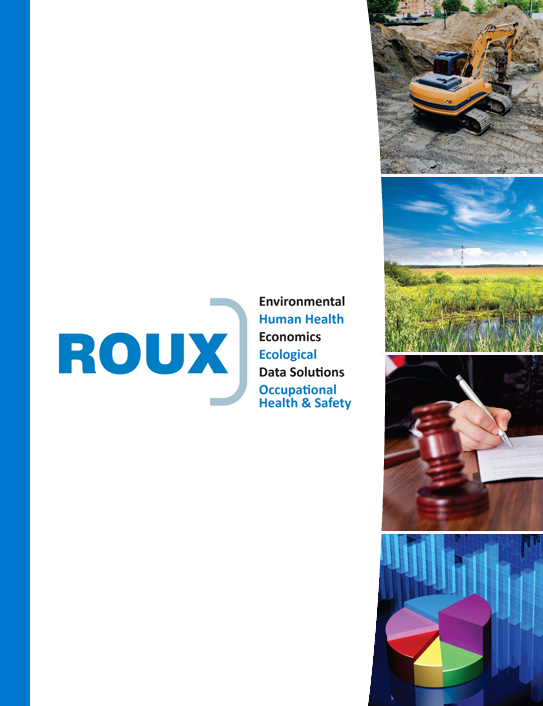Complimentary Webinar: Site Remediation Considerations for Real Estate Transactions in 2022
Complimentary Webinar
Presented by Edward J. Weagle, LSP, CHMM of Roux and Edward Roggenkamp of Nossaman LLP
Tuesday, May 10th at 1pm EDT
Sophisticated real estate investors are familiar with the basic requirements of environmental due diligence. Those requirements were recently updated in a new version of the “All Appropriate Inquiries” (AAI) standard published by the American Society for Testing and Materials, ASTM Standard E1527-21. ASTM Standard E1527-21 is somewhat more stringent than E1527-13, and includes additional requirements that buyers should be aware of. There are changes in the historical research needed to conduct for a Phase I; revisions to the definitions for Recognized Environmental Conditions (RECs), Controlled RECs, and Historical RECs; and other significant changes.
Update: On March 13, 2022, the United States Environmental Protection Agency (USEPA) issued a proposed rule and direct final rule addressing the new ASTM standard. The direct final rule would have allowed the use of the new ASTM standard for conducting AAIs, and would have gone into effect on May 13, 2022 if the USEPA did not receive any adverse comments on the rule. However, commenters objected to the direct final rule because it continued to allow the use of the previous ASTM standards (ASTM E1527-13 and E2247-16), and USEPA has now withdrawn the direct final rule, effective May 2, 2022. The USEPA is expected to issue a final rule on AAI in the near future; that rule will be based on the proposed rule issued March 13, 2022, which would have allowed use of the new ASTM standard for conducting AAIs.
A buyer’s responsibilities don’t end with due diligence before the transaction. There will often be post-purchase obligations, such as maintaining engineering controls, complying with institutional controls, and cooperating with regulators. And if a buyer plans to change the use of a property—for example, by redeveloping a former industrial property to a mixed-use commercial and residential development—environmental regulators may require a more stringent cleanup.
Recent litigation decisions suggest that the due diligence process can start the running of the statute of limitations for some claims. This creates a risk for buyers who decide to take a “wait and see” approach to identifying the source of contamination—they may find that their ability to recover damages from the party responsible for the contamination is limited, or even lost.
Roux Principal Geologist Ed Weagle and Nossaman Partner Ed Roggenkamp will discuss the ASTM Standard update (including the USEPA’s May 2 withdrawal of the direct final rule), recent cost-recovery litigation decisions, plus practical and legal considerations for purchasers of real estate to reduce risk and maximize the potential recovery of remediation costs. To register for this complimentary webinar, please fill out the form below.

|
|
|


